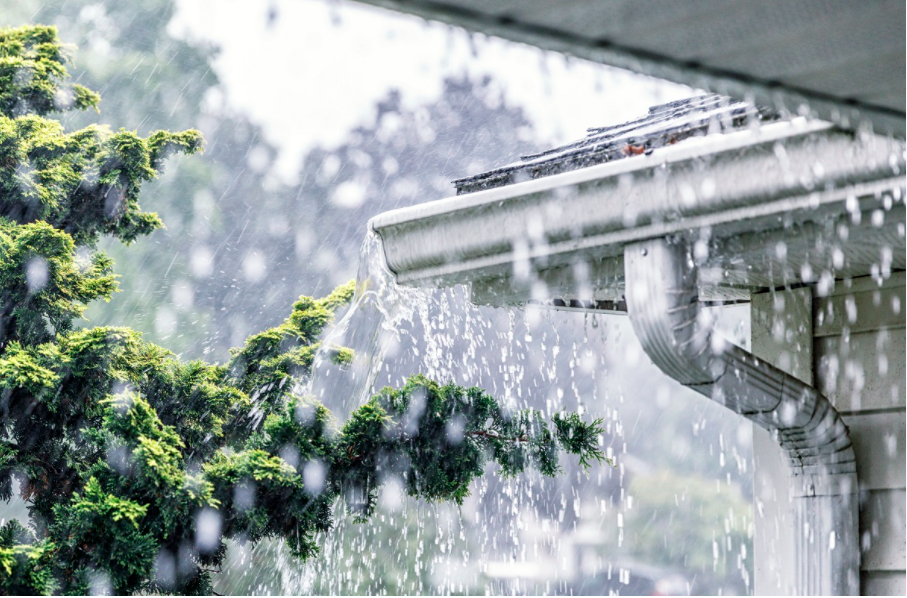Question Your World: Why Was Last Year So Rainy?
Last year sure felt soggy here in Richmond, VA. After looking at all the rain we got last year, scientists announced it was the second wettest year since we began keeping rainfall records here in the capital city. This trend does not just apply here; many parts of the nation got rocked with rainstorms. Why was last year so rainy?
From May 2018 to May 2019, Richmond, VA saw 65.6" of rain, totally surpassing the average of 43.7" from recent previous years. This was not just a Richmond occurrence. NOAA's recently released data show that not only did we experience soggy times here in Virginia, but many places around the US actually had record-setting wettest years!

Image credit: Getty Images
So, what gives, rainclouds?!?! Well, climate scientists are looking at a few factors involved here. A stubborn weather system parked over the Atlantic Ocean directed tons of tropical moisture to our mid-Atlantic region, while at the same time, a similar system over Alaska combined with the jet stream to guide storms across the Midwest and to our neighborhood. While these systems are just part of the variations that make our weather, the longer-term trends toward wetter years due to climate change make for an interesting analogy.
Grass grows on its own but grows very differently once you add fertilizer.
Climate change is like "fertilizer" for our weather, especially rainfall. As the atmosphere becomes warmer, evaporation increases, resulting in a lot more moisture circulating through the lower atmosphere. This means intense precipitation events become more common. A huge concern with this trend of increasing extreme rain events is flooding in urban areas. As we continue to convert more land from natural rain absorbing landscapes into paved regions, we cause water to pool and spill over into storm drains. Another concern is that larger storms, like hurricanes, are also now moving slower thus allowing larger amounts of rain to fall in an area.

Image credit: Getty Images
Scientists say that a few things can help lessen the stress on aging city storm water management systems. Attaching rain barrels to your downspouts helps decrease the amount of rain going into storm drains during heavy rainstorms. Planting native plants in your yard will help the soil absorb rain instead of its running off into the sewers.
In the past we’ve seen some pretty huge flooding problems as storms dumped massive amounts of water onto paved areas. Hurricane Harvey brought devastating amounts of rain to Texas, and the paved environment contributed to the intense flooding that followed. Looking back on the storm, scientists were able to attribute these slow-moving storms to climate change.
As we continue to build on more land and experience more intense weather events, we can use data like this recently published information to help prepare and plan better for the future. Not only would city planning go a long way, but also having citizens that are prepared for flooding would help make the entire region more resilient to these extreme weather events. After all, as you know, when it rains it pours!


